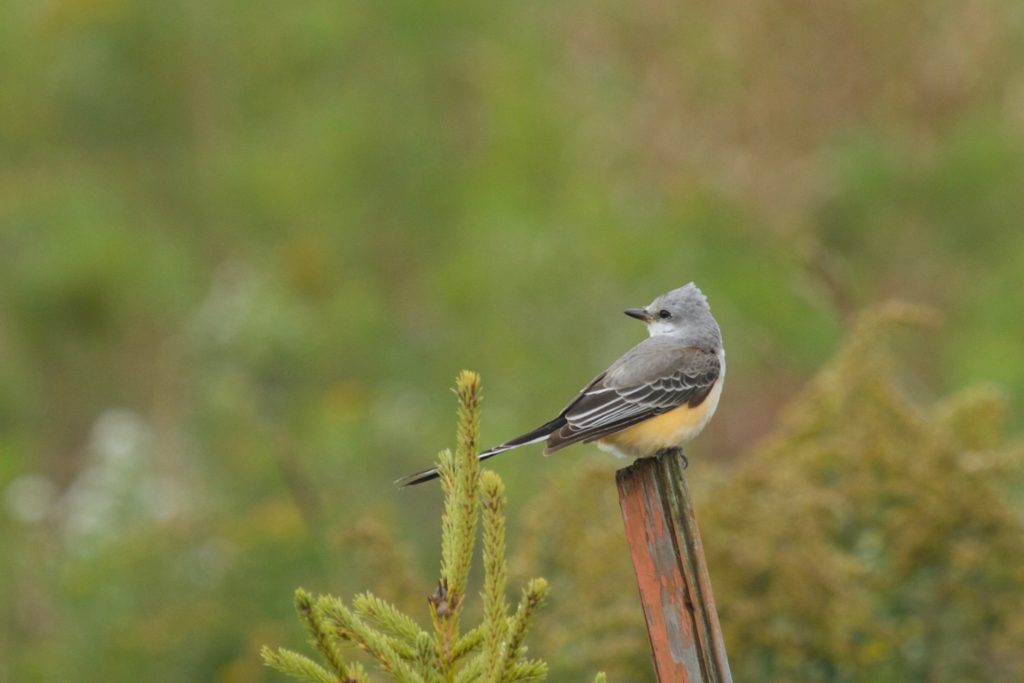At Woodland Dunes we receive visitors from all over the world. They often have a similar purpose for stopping by – they enjoy  nature, look for new places to experience its variety and find kindred souls with whom they can share what they’ve seen. We meet some very nice people, and some outstanding observers with a wealth of knowledge. We also experience wildlife, especially birds, from all over the Western Hemisphere. Our 1,500 acres is preserved and managed for them, and once in a while something really special turns up.
nature, look for new places to experience its variety and find kindred souls with whom they can share what they’ve seen. We meet some very nice people, and some outstanding observers with a wealth of knowledge. We also experience wildlife, especially birds, from all over the Western Hemisphere. Our 1,500 acres is preserved and managed for them, and once in a while something really special turns up.
Recently, Jessica, who runs our education programs, texted me about an unusual bird she saw on her way in to work, a scissor-tailed flycatcher. Those of us who have visited the South-Central part of the country are familiar with these showy, long-tailed birds in pastel colors which perch on fences along the road from which they swoop out to catch grasshoppers and other insects. North and east of Kansas, it is unusual to see these birds, although a few do seem to wander each fall. This is not the first time one has been seen in our area – the last I recall was near a meadow right in the City of Manitowoc.
Nowadays, there are some wonderful tools for birders, one of them being a website run by Cornell University called eBird (ebird.org <http://ebird.org> ). Anyone can register and report bird observations, which are stored in an enormous database. Millions of people contribute to eBird, submitting their observations which can be viewed by others – from casual birders to scientists. With so many contributors and observations, we can develop a more complete picture of what happens when birds migrate, and where rare birds are turning up. For very sensitive species, exact locations are often withheld for the safety of the bird.
In this case, we reported the scissor-tailed observation, along with a photo to show we weren’t making things up, which must have set off a bell somewhere because an alert went out shortly thereafter through other means and by the end of the day others were showing up to look for the bird. This continued for several more days until the bird presumably headed to a different location, perhaps one a bit warmer and more typical of it’s range. We have not seen reports of the bird since then.
How nice it is when we are treated to a surprise, in this case a beautiful bird not usually seen here. In this case we were lucky to have the bird visit us in the first place, have a staff member who recognized it, and means to let others know within a few minutes of its sighting. Like so many things, there is beauty around us if we have the interest and the motivation to look for it. In this case, that beauty came complete with an extra-long tail.
photo: scissor-tailed flycatcher at Woodland Dunes by Nancy Nabak
